ExxonMobil issues guidance for switching to low-sulphur fuels
Best practice tips designed to help operators maintain a vessel's safe and reliable operation.
ExxonMobil has issued a list of best practice tips for switching to low-sulphur fuel ahead of the International Maritime Organization's (IMO) upcoming global 0.5 percent cap on fuel sulphur content in 2020.
The guidance is designed to help the marine industry switch to low-sulphur fuels while maintaining a vessel's safe and reliable operation.
John LaRese, Marine Fuels Technical Advisor, ExxonMobil, commented: "With so many different types of fuel potentially set to enter the bunker market, vessel operators are rightly concerned about stability, compatibility and quality issues, such as elevated levels of cat fines. It will therefore be more important than ever for operators to follow best practice when bunkering compliant fuels, including using laboratories to test fuel samples for potential issues."
ExxonMobil has previously warned of the rise in compatibility and stability issues as new 0.5 percent fuels emerge, and recently launched a monitoring service that measures fuel sulphur content in a move designed to give operators "peace of mind that the fuel they have on board is compliant".
In April, ExxonMobil also announced that it would start to supply 0.5% sulphur fuels in Northwest Europe, the Mediterranean and Singapore.
Earlier this month, the American Bureau of Shipping (ABS) issued an advisory on marine fuel oil to help the industry prepare for the 2020 global sulphur cap. It previously issued a guidance on switching from heavy fuel to 0.1 percent sulphur fuel when entering Emission Control Areas (ECAs) back in 2010.
As previously reported, IMO's Marine Environment Protection Committee (MEPC) in April adopted a best practice guidance for fuel oil purchasers/users for assuring the quality of fuel oil used on board ships.
In the same month, the International Bunker Industry Association (IBIA) launched the first edition of its 'Best practice guidance for suppliers for assuring the quality of bunkers delivered to ships', which addresses procedures to safeguard and maintain bunker fuel quality control throughout the entire supply chain - from the production of bunkers all the way through to the delivery to ships.
ExxonMobil's best practice tips have been provided below.
First, establish best practice
Prevention is always better than cure, so it is advisable to:
- Buy fuel that meets the latest ISO 8217:2017 specification;
- Only bunker from reputable fuel suppliers;
- Clean out bunker tank residues when necessary.
Test for cat fines
Some new 0.5 per cent sulphur fuels could contain elevated levels of cat fines which, if not properly treated, could trigger catastrophic engine damage. If laboratory testing shows a high concentration, then: - Maintain storage tank temperatures at least 10C above fuel pour point;
- Keep settling tanks at 85C;
- Operate purifiers at optimum efficiency and minimum throughput;
- Drain water from fuel tanks to aid settling.
Check for compatibility
There is a risk that two compliant fuels will not be compatible, which can trigger sludge formation. It is therefore essential to:
- Test the fuels for compatibility, ideally in a laboratory. If the fuel is already loaded, then test onboard to get immediate results;
- Store fuels separately until testing has been carried out;
- Even when two fuels are compatible, avoid mixing in excess of 80:20.
Monitor for sludge
If sludge does start to form, it is essential to ensure against further fuel blending before any remedial action is taken, as this may exacerbate the problem. Then:
- Operate two or more separators in parallel at their lowest throughput;
- Increase the frequency of purifier discharge;
- Monitor and clean filters frequently.
The guidance is designed to help the marine industry switch to low-sulphur fuels while maintaining a vessel's safe and reliable operation.
John LaRese, Marine Fuels Technical Advisor, ExxonMobil, commented: "With so many different types of fuel potentially set to enter the bunker market, vessel operators are rightly concerned about stability, compatibility and quality issues, such as elevated levels of cat fines. It will therefore be more important than ever for operators to follow best practice when bunkering compliant fuels, including using laboratories to test fuel samples for potential issues."
ExxonMobil has previously warned of the rise in compatibility and stability issues as new 0.5 percent fuels emerge, and recently launched a monitoring service that measures fuel sulphur content in a move designed to give operators "peace of mind that the fuel they have on board is compliant".
In April, ExxonMobil also announced that it would start to supply 0.5% sulphur fuels in Northwest Europe, the Mediterranean and Singapore.
Earlier this month, the American Bureau of Shipping (ABS) issued an advisory on marine fuel oil to help the industry prepare for the 2020 global sulphur cap. It previously issued a guidance on switching from heavy fuel to 0.1 percent sulphur fuel when entering Emission Control Areas (ECAs) back in 2010.
As previously reported, IMO's Marine Environment Protection Committee (MEPC) in April adopted a best practice guidance for fuel oil purchasers/users for assuring the quality of fuel oil used on board ships.
In the same month, the International Bunker Industry Association (IBIA) launched the first edition of its 'Best practice guidance for suppliers for assuring the quality of bunkers delivered to ships', which addresses procedures to safeguard and maintain bunker fuel quality control throughout the entire supply chain - from the production of bunkers all the way through to the delivery to ships.
ExxonMobil's best practice tips have been provided below.
First, establish best practice
Prevention is always better than cure, so it is advisable to:
- Buy fuel that meets the latest ISO 8217:2017 specification;
- Only bunker from reputable fuel suppliers;
- Clean out bunker tank residues when necessary.
Test for cat fines
Some new 0.5 per cent sulphur fuels could contain elevated levels of cat fines which, if not properly treated, could trigger catastrophic engine damage. If laboratory testing shows a high concentration, then: - Maintain storage tank temperatures at least 10C above fuel pour point;
- Keep settling tanks at 85C;
- Operate purifiers at optimum efficiency and minimum throughput;
- Drain water from fuel tanks to aid settling.
Check for compatibility
There is a risk that two compliant fuels will not be compatible, which can trigger sludge formation. It is therefore essential to:
- Test the fuels for compatibility, ideally in a laboratory. If the fuel is already loaded, then test onboard to get immediate results;
- Store fuels separately until testing has been carried out;
- Even when two fuels are compatible, avoid mixing in excess of 80:20.
Monitor for sludge
If sludge does start to form, it is essential to ensure against further fuel blending before any remedial action is taken, as this may exacerbate the problem. Then:
- Operate two or more separators in parallel at their lowest throughput;
- Increase the frequency of purifier discharge;
- Monitor and clean filters frequently.
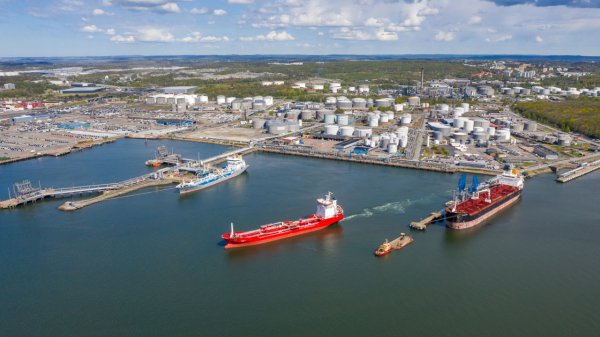
|
Swedish biomethane bunkered in Gothenburg
Test delivery performed by St1 and St1 Biokraft, who aim to become large-scale suppliers. |
|
|
|
||
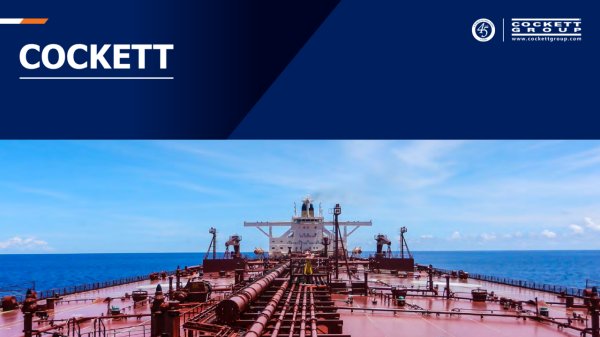
|
Cockett to be closed down after 45 years
End of an era as shareholders make decision based on 'non-core nature' of Cockett's business. |
|
|
|
||
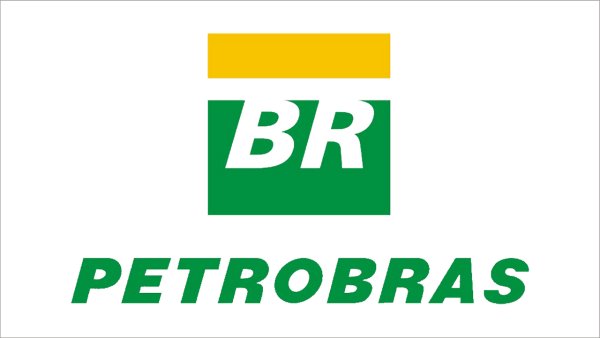
|
Petrobras confirms prompt availability of VLS B24 at Rio Grande
Lead time for barge deliveries currently five days. |
|
|
|
||
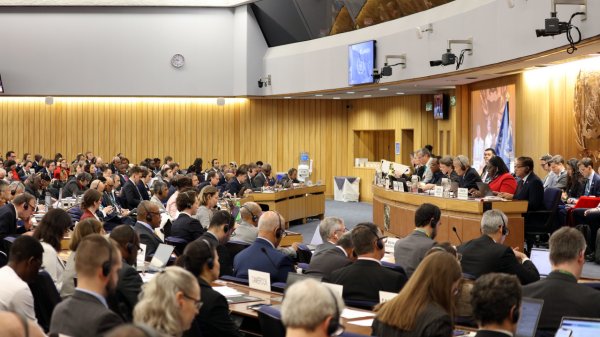
|
IMO approves pricing mechanism based on GHG intensity thresholds
Charges to be levied on ships that do not meet yearly GHG fuel intensity reduction targets. |
|
|
|
||
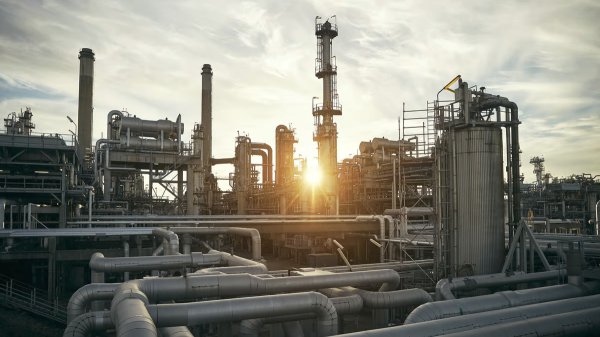
|
VARO Energy expands renewable portfolio with Preem acquisition
All-cash transaction expected to complete in the latter half of 2025. |
|
|
|
||
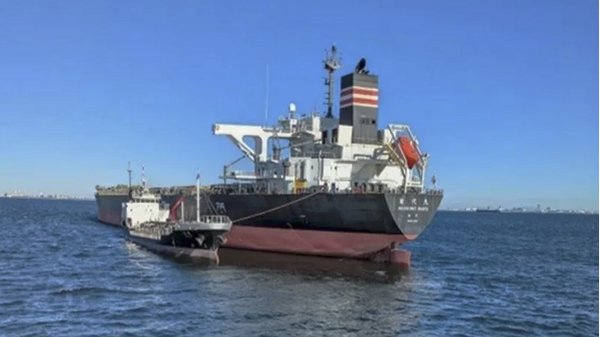
|
NYK trials biofuel in milestone coal carrier test
Vessel is used to test biofuel for domestic utility company. |
|
|
|
||
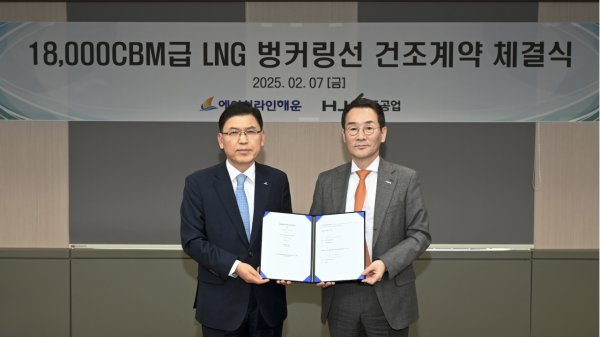
|
H-Line Shipping orders LNG bunkering vessel
Vessel with 18,000-cbm capacity to run on both LNG and MDO. |
|
|
|
||

|
How to engineer and manage green shipping fuels | Stanley George, VPS
Effective management strategies and insights for evolving fuel use. |
|
|
|
||
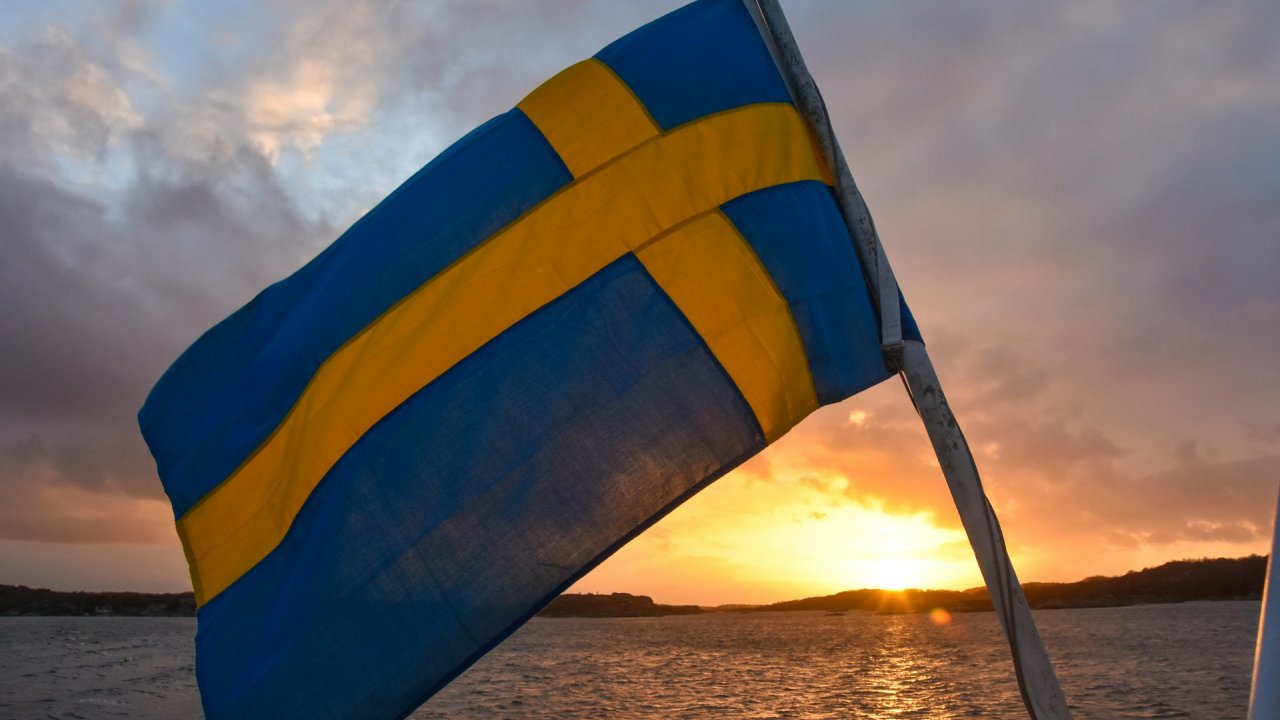
|
Swedish government bans scrubber wastewater discharges
Discharges from open-loop scrubbers to be prohibited in Swedish waters from July 2025. |
|
|
|
||
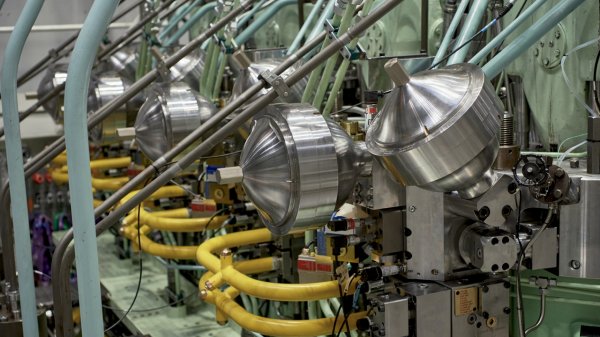
|
MAN Energy Solutions achieves 100% load milestone for ammonia engine
Latest tests validate fuel injection system throughout the entire load curve. |
|
|
|
||
Related Links
- · ExxonMobil to launch monitoring service that measures fuel sulphur content [Insights]
- · ExxonMobil to supply 0.5% sulphur fuels in Northwest Europe, Med and Singapore [Insights]
- · ExxonMobil expects distillate fuel unit to start operating in H1 2018: source [Insights]
- · ExxonMobil warns of rise in compatibility and stability issues as new 0.5% fuels emerge [Insights]
- · ABS issues marine fuel advisory ahead of 2020 sulphur cap [Insights]
- · MEPC adopts best practice guidance for bunker buyers [Insights]
- · IBIA presents best practice guidance for suppliers [Insights]

